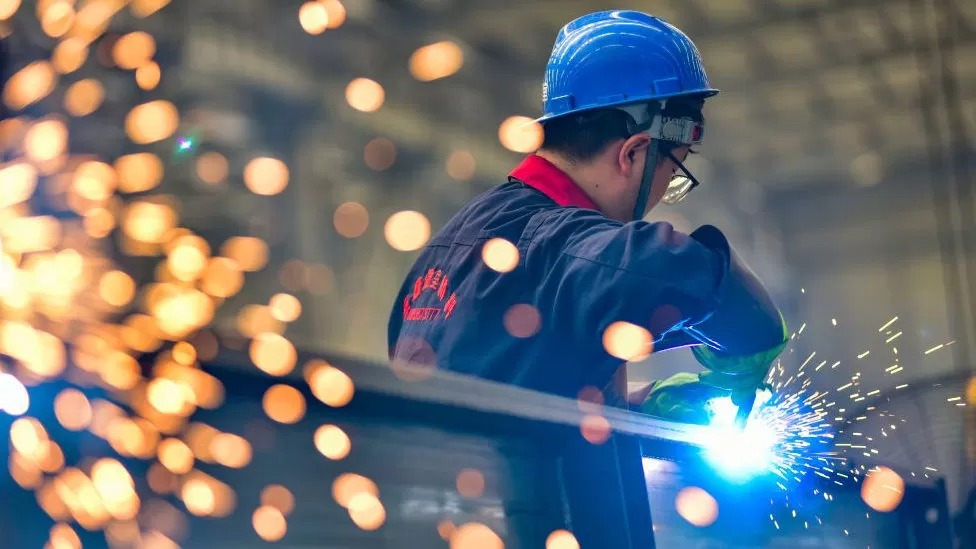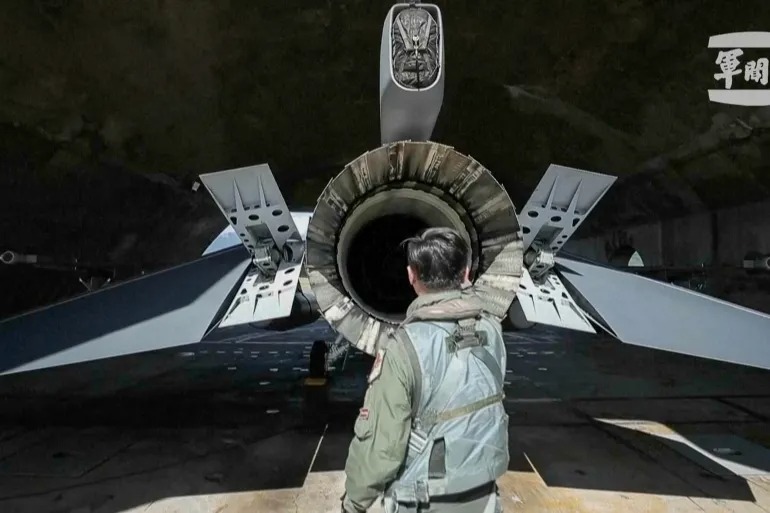China’s economic landscape is under scrutiny as recent months unveil a string of troubling developments. Slow growth, a crisis-ridden property sector, record youth unemployment, feeble exports and currency, along with meager foreign investment, have raised questions about the stability of the world’s second-largest economy. US President Joe Biden’s ominous label of China as a ‘ticking time bomb’ has reverberated globally, prompting a retort from Chinese leader Xi Jinping defending the resilience of the economy. In this intricate interplay of viewpoints, the truth likely resides somewhere between the two stances.
A Looming Property Crisis and Impacted Households
Central to China’s economic conundrum is its faltering property market, once a pillar of the nation’s wealth. The soaring success of the past two decades was abruptly halted in 2020 as pandemic-induced shocks collided with demographic shifts, putting a dent in relentless construction. In response to the danger of a 2008-style meltdown, government curbed borrowing for developers, leading to an avalanche of unpaid debts. With housing demand plummeting and prices falling, Chinese homeowners emerged from the pandemic to diminished savings, impacting post-pandemic spending patterns. The resulting setback not only diminished household wealth but also exacerbated the financial woes of local governments, relying heavily on land sales to developers.
Inherent Flaws in China’s Economic Model
The property crisis underscores systemic issues within China’s economy, traditionally driven by construction. This approach, lauded for decades, is reaching its limits. From curious cases like self-land sales by indebted local governments to pressure on infrastructure development, the model’s efficacy is waning. To transition, China must undertake substantial structural and institutional reforms, shifting from a centralized economy to a more flexible one. Yet, recent trends indicate a tightening government grip on finance and technology, hindering potential innovation. Youth unemployment figures emphasize the struggle of graduates to find white-collar employment, revealing the complexities of absorbing a large workforce in a top-down system.
Balancing Growth and Ideology in an Evolving Landscape
The current economic juncture necessitates a shift in political ideology, but China’s leadership, under President Xi’s tightening control, is hesitant. While growth has tapered compared to the high-flying years, China’s rate remains formidable, challenging the need for drastic changes. Unlike Western economies propelled by consumerism, China prioritizes national security and competition over individualistic spending. A marked shift towards high-tech industries might signal a long-term strategy to maintain competitiveness while reducing dependence on others. The government’s measured response, tweaking borrowing limits and interest rates, indicates a deliberate, cautious approach.
As China navigates this intricate dance of challenges and opportunities, the ‘ticking time bomb’ narrative is speculative at this point. History has shown China’s resilience in the face of crises. Yet, the current confluence of circumstances presents a unique set of hurdles for the leadership. The leadership’s understanding of the necessary steps forward remains uncertain, prompting concerns about their ability to ensure China’s future prosperity. As the nation strives to redefine its economic trajectory, the world watches with anticipation to witness how China’s leaders will guide the country through this pivotal phase of development.
















